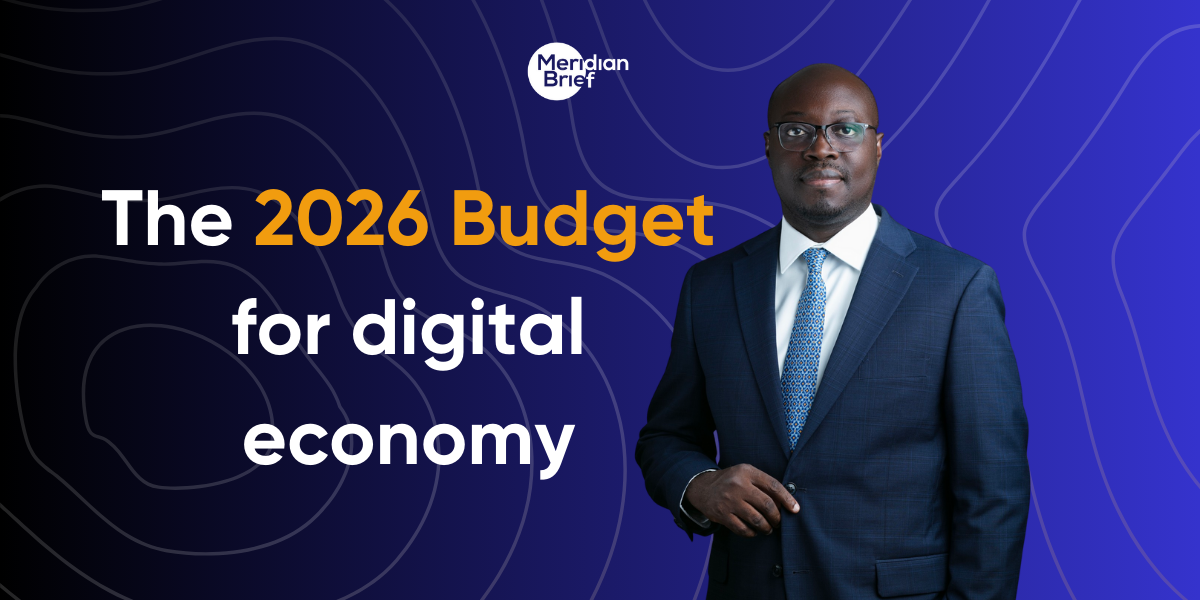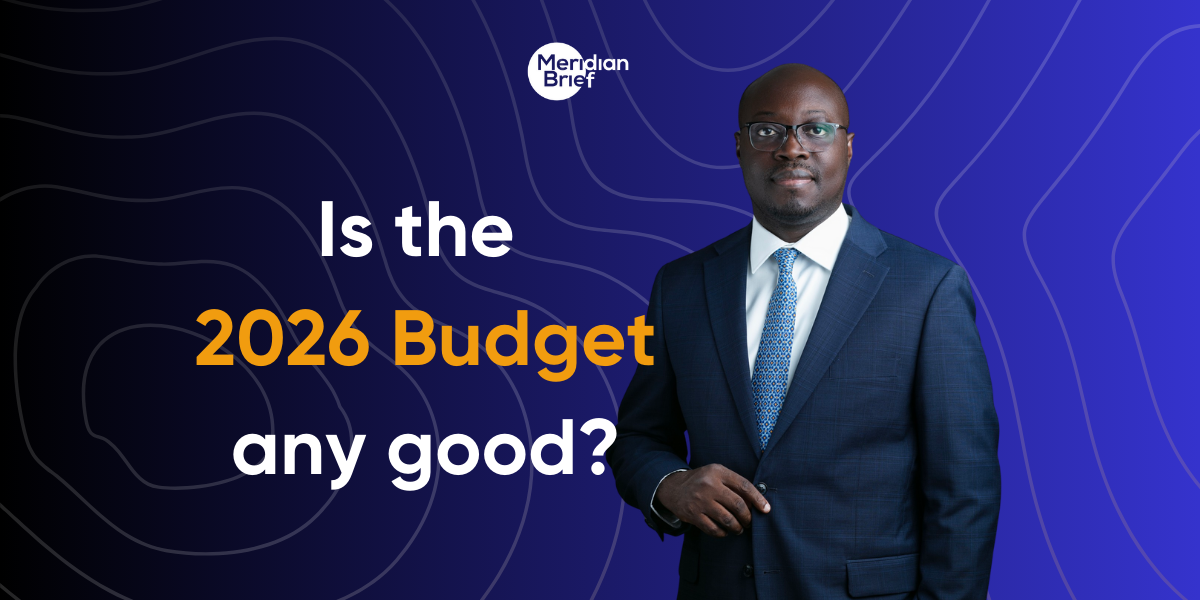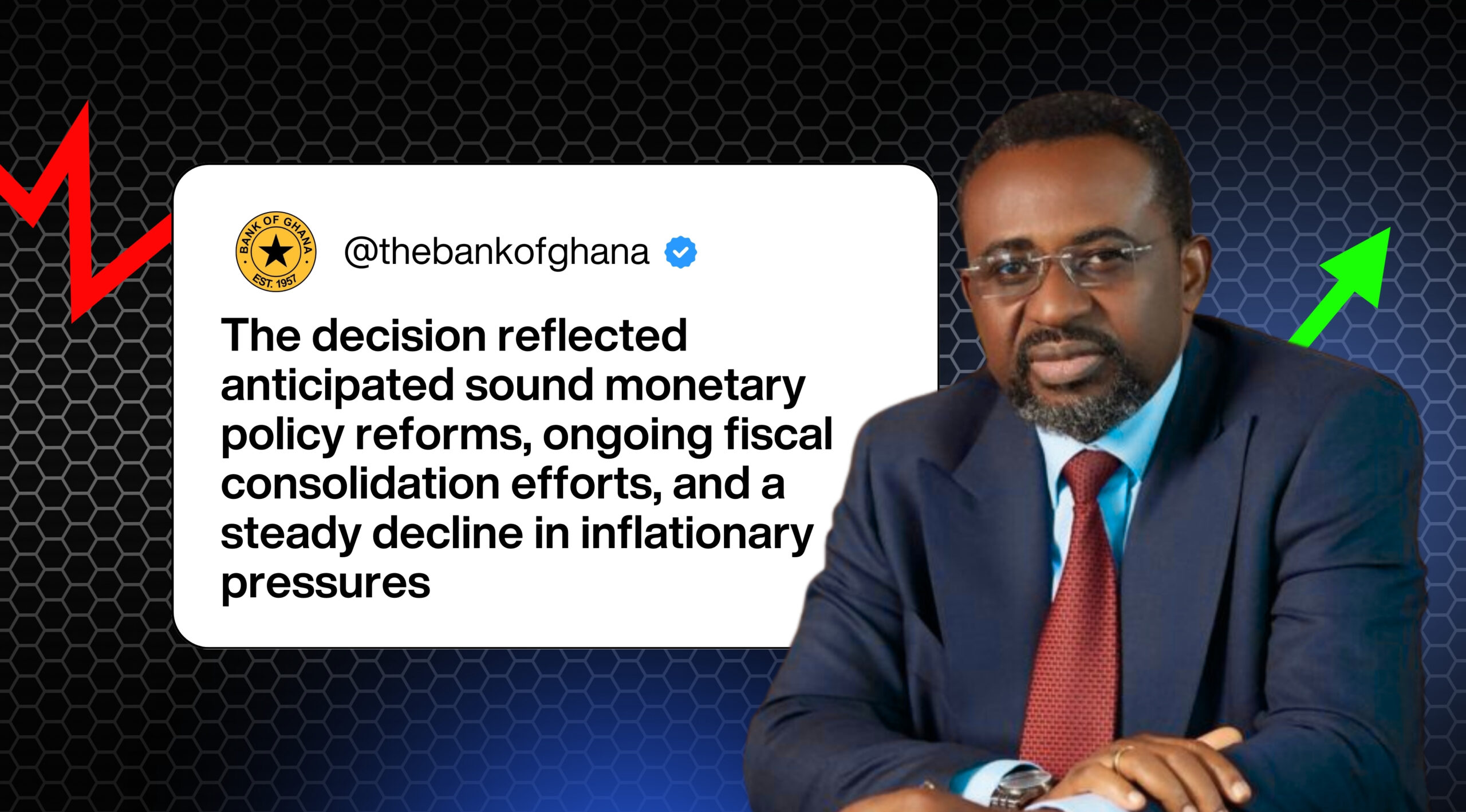Ghana moved 3 million AT subscribers to Telecel and hired KPMG to advise on AT’s future.
AT + Telecel = ? What the possible merger means for Ghana and for your phone bill

Ghana’s telecom sector hit a fast patch of turbulence in early September. The government tasked KPMG to advise on AT Ghana’s future and to review the state’s stake in Telecel. Regulators ordered national roaming to keep more than three million AT customers connected after tower operators cut power to some AT sites. The string of events forced a simple but urgent question: will combining AT and Telecel create a viable second operator, or will it simply paper over a deeper problem?
What actually happened, step by step
On September 1, ATC Ghana began disconnecting power to parts of AT’s radio access network over unpaid bills. The National Communications Authority stepped in and ordered AT and Telecel to activate national roaming so AT subscribers could continue making calls, sending SMS, using data, and accessing AT Money. In practice, the regulator had AT’s traffic carried over Telecel’s network to avoid a nationwide telecom outage. Reports say the technical migration moved over three million customers.
A few days later, the Communications Minister announced that the government had appointed KPMG as transaction advisor with a 60-day mandate. KPMG must assess AT’s debts, review state shareholding in Telecel, and recommend options to build a stronger second operator. The appointment is explicit. The government says it seeks an alternative to MTN’s near 80 percent market share.
At the same time, politicians, industry analysts, and consumer advocates traded views. Some called the move urgent and necessary. Others warned that simply joining two weak businesses will not create a durable competitor to MTN.
Why the government moved fast
The regulator faced a clear choice: allow towers to stay off and risk service blackouts for millions, or force a short-term technical fix while policymakers search for a longer-term solution. They chose the latter. The emergency migration preserved continuity for voice, data, and mobile money services. That action protected daily commerce and a long list of users who rely on mobile services for work, banking, and school.
At the policy level, the government has a political incentive to keep mobile services stable. It also wants a credible second operator to reduce reliance on a single dominant provider. The KPMG appointment gives the state time to explore rescue, sale, merger, or restructuring options without exposing users to repeated outages.
The legal and technical patch: national roaming
National roaming means one operator allows another’s customers to use its radio network. It is a standard emergency tool when one operator’s sites go silent. In this case national roaming let AT customers keep using their phones on Telecel’s infrastructure until a durable plan is in place. The National Communications Authority issued the instruction to avoid a service collapse and to protect consumers.
National roaming solves the immediate problem but not the structural problems. It does not erase debt. It does not fix poor coverage in areas with little infrastructure. It may increase short-term costs for the host network if the terms do not fairly allocate costs. That leaves open tough questions about payment, maintenance, and who ultimately pays to upgrade networks.
Market realities: size is not the same as strength
On paper, a combined AT and Telecel might look like a stronger second operator. But market share numbers mask several key points. Many subscribers use dual SIMs and rely on MTN as their primary network. Consolidating subscriber numbers on a new operator does not automatically shift customer behaviour or create real competitive pressure. Critics note that AT and Telecel both carry baggage, including debt and aging infrastructure. Simply folding them together may produce a larger company that still lacks the investment, management, and commercial edge to challenge MTN.
Put simply, scale matters only if it comes with integration. Economies of scale arrive when networks merge rationally, staff roles align, systems talk to each other, and management executes a clear turnaround. Without that work, a merger can just stack inefficiency.
How this affects ordinary users today
If you rely on a mobile phone in Ghana, here is what matters now.
Service continuity. For AT customers, the migration to Telecel means continued voice, SMS, and data services. It also kept AT Money functional. The regulator designed the emergency fix so that daily life did not grind to a halt.
Service quality. Some customers report slower speeds or patchy coverage after the migration. That outcome is expected during large technical handovers. Engineers tell us performance often stabilises after networks align back-end routing and capacity planning. Still, some users will notice glitches for days or weeks.
Customer bills. The technical migration itself does not automatically change tariffs. In practice, the host network covers immediate transmission costs. Regulators normally push operators to avoid sudden bill hikes during emergency arrangements. Nevertheless, if the merged operation needs new investment, the company may ask to revise pricing later. Any change would face regulatory oversight and public scrutiny.
Agent networks and mobile money. AT Money agents and customers must check for service quirks. The operator and the regulator have an interest in keeping mobile money working because it touches commerce, salaries, and small businesses. Temporary glitches are possible but widespread disruption would be politically and economically costly.
Job security. The Communications Minister publicly assured staff that significant numbers of permanent employees would be retained during the transition. The transaction advisor will consider the fate of contract staff. That promise reduces immediate panic but does not guarantee long-term employment if restructuring happens.
The options on the table
KPMG has several options to explore within its 60-day mandate. Those include:
- Full restructuring of AT, with a plan to restore solvency.
- A merger with Telecel, with a detailed integration plan.
- A sale of AT to a private investor.
- Partial state support followed by a privatization process.
Each path has trade-offs. Restructuring could preserve jobs but may need fresh capital. A merger could reduce duplication but must include tough decisions on cost, staffing, and system integration. A sale would bring private discipline but can be politically tricky. KPMG’s role is to map costs, risks, and timelines for each option.
What critics say
Some industry voices warn the government that poor sequencing can produce a fragile outcome. They argue that the state should stabilise AT first by ringfencing subscribers, fixing technical gaps, and getting both players onto shared infrastructure like the NGIC project before folding them together. Without that, critics say, the merger risks creating another weak operator that cannot pressure MTN on price or quality.
Other experts point out the upside of consolidation. They say pooling resources can reduce operating costs and free capital for rural coverage and upgrades. That path depends on a credible business plan, strong governance, and realistic timelines.
The role of neutral-host infrastructure
Ghana’s Next-Gen Infrastructure Company model aims to create neutral shared networks for 4G and 5G. The idea is to cut duplication and lower costs by letting operators access a common radio layer. If the government pushes all operators onto a neutral host, then smaller or merged operators could avoid the full cost of nationwide towers while still offering reliable coverage. However, that model only works if the biggest operator participates and if contracts align commercial incentives. Excluding large players would weaken the neutral-host idea.
Bottom line for consumers
For now, users have short-term protection. The regulator and the state moved to avoid a collapse. If you are an AT customer, you can still call, use data, and do mobile money. Expect some speed bumps as engineers stabilise traffic on Telecel’s network. Expect clear messaging from operators and the NCA if there are changes to tariffs or services.
Over the medium term, consumers need more than emergency fixes. They need a strong, well-funded competitor that drives down prices and improves quality. That outcome requires honest restructuring, investment, and a clear timetable. KPMG’s report will not fix everything, but it will set the options and timeline. Watch for its recommendations and for how regulators enforce any conditions attached to a merger or rescue.
What to watch next
- KPMG’s 60-day report. This document will offer options and reveal the fiscal picture. Expect it to shape the next political and commercial moves.
- Regulatory rulings on costs and roaming. Watch how the NCA assigns the cost burden for the emergency migration.
- Public communications from MTN, Telecel, and AT. These will show how operators plan capacity, pricing, and customer care.
Quick takeaway
Ghana avoided a national telecom outage. KPMG now has 60 days to propose a path forward. For consumers, the immediate risk passed. For the market, the hard work starts now. A merger could help if it comes with serious restructuring and investment. Otherwise it will only move numbers around on a page while the country still waits for a genuine second strong operator.
Subscribe to MDBrief
Clean insights, a bit of sarcasm, and zero boring headlines.










